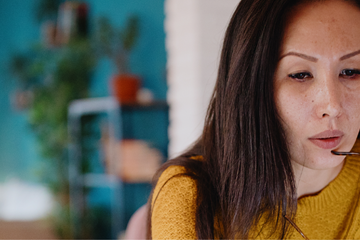

Rentvesting: Purchasing your first home as an investment property
The puzzle of buying your first home has more answers than one – and an investment property is such an attractive option that could help you realise your property dream. Often, potential homeowners have to compromise on one aspect of the other, such as location, style, or size of the property, due to financial constraints and the need to meet other existing obligations.
What is rentvesting?
To put it simple, rentvesting, or buying a property to rent out from a long term investment perspective, gives you the best of both worlds – you could continue to live in your favourite place, enjoying your lifestyle, as you stake your claim to a new property in a well researched locality of your choice.
How does rentvesting work?
Rentvesting is an alternative way of getting into the property market. If you want to buy a property in Fitzroy in Melbourne, for instance, you would have to plan for years and stick to a savings discipline to get to your destination. And even then, with inflation, it might continue to grow further out of your reach.
With rentvesting, you could continue to live in your own rental home while investing in your first home that falls within your financial means. In a process that is pretty similar to that of purchasing a home, you would consider your ongoing rental outlay in the light of your prospective rental income from the investment property that you purchase.
As with any property that you buy, you would invariably be saddled with a considerable mortgage for the major part of your working life. The difference in terms of rentvesting is that you do not pay out of your salary for your mortgage, but would be using your rental income from your new property to pay your mortgage off.
The upside of rentvesting
Rentvesting is an important investment decision in your life that could offer you a range of benefits:
Tax benefits
Owning an investment property provides a host of advantages in terms of tax benefits compared to owner-occupied mortgage payments. These tax deductible items include:
- Expenses involved in advertising for tenants
- Body corporate fees and charges
- Other taxes such as water, land and council taxes
- Maintenance expenses such as repairs, insurance and pest control
- Any legal expenses incurred
- Costs involved in travelling to premises, collecting rent from tenants etc.
Even with scenarios where the rental income tends to fall short of the expenses incurred on your investment property, you could still be able to benefit from negative gearing, a phenomenon where you could claim tax deductions on expenses incurred on your investment property against your other income such as salary, wages, or business income.
As with any financial decision, there is an element of risk in rentvesting and you should seek independent advice from an accountant or a taxation specialist.
Living where you want to be
Rentvesting is not about living the high life in one of the most expensive localities of your city, but is about choosing your locality wisely. While you may have to physically relocate to a suburb that may not be of your choice when you buy a residential property merely because of the affordability of the region, with rentvesting, you could continue to stay where you love to rent, while you could be building up your investment portfolio. Again, you have to choose your locality wisely, since investing in a high end asset in an expensive locality may not give you the returns that you expect out of rentvesting.
Could rentvesting be the right strategy for you? Give me a call and we can have a look at your options.



